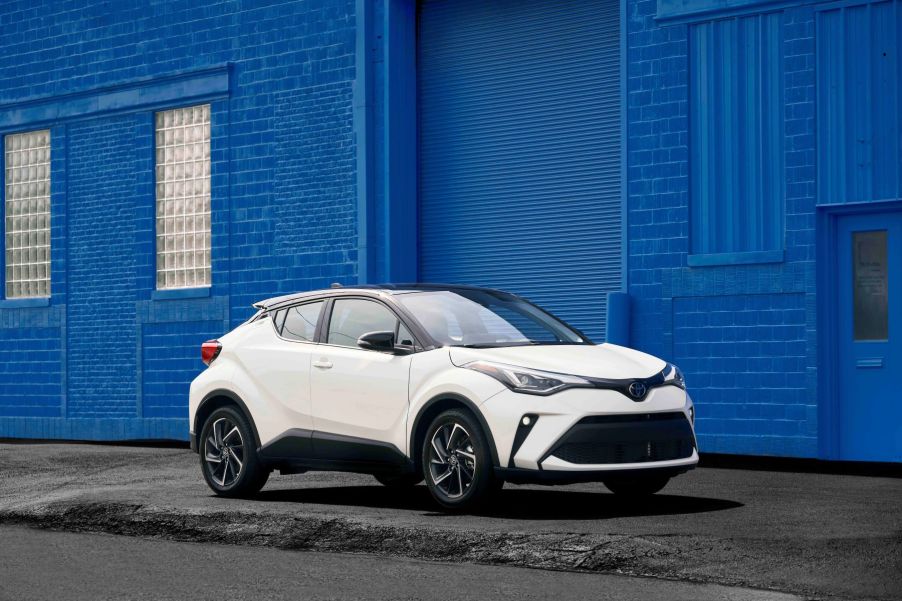
What Do the Letters C-HR Stand for in the Toyota C-HR?
Toyota has a tradition of naming its primary models with seemingly whimsical names that are not intuitive to the average consumer. If you are a Toyota fan, you might have come across or heard of the Toyota C-HR, the stylish compact SUV model from Toyota. But what comes to mind when you first hear Toyota C-HR? What does the acronym stand for?

History of the Toyota C-HR
The Toyota C-HR was first introduced in 2017 as Toyota’s entry into the lucrative compact SUV market. Toyota hoped to capitalize on the booming industry of small but versatile SUVs with a vehicle that could stand out from the competition. Hence, the Toyota C-HR was born.
According to Toyota, the C-HR was the second Toyota vehicle to feature the Toyota New Global Architecture (TNGA) platform. The TNGA platform allowed Toyota to design a vehicle with a more responsive, linear, and consistent driving experience than any of its other models. This provided Toyota drivers with an enjoyable driving experience that performed beyond expectations.
Toyota discontinued the Toyota C-HR after the 2022 model year, some downfalls led to its discontinuation. Toyota’s primary failure was that the C-HR had a lethargic four-cylinder engine, which made it difficult to compete with more powerful compact SUV models.
Additionally, the C-HR only offers front-wheel drive, and its continuously variable automatic transmission (CVT) has received criticism for sluggish acceleration.
What does C-HR stand for?
According to the official Toyota press release, Toyota derives the C-HR acronym from the words “Coupe High Rider.” However, some have falsely attributed the acronym to stand for “Compact High Rider” or “Cross Hatch Run-about.” The acronym is an interesting and fun nugget of knowledge for Toyota fans and a great conversation starter when discussing the ever-popular segment of compact SUVs.
The Toyota C-HR’s design is a coupe-like silhouette that provides higher seating than midsize models while still having the compact size of an SUV. Its roofline and exterior comprise sharp angles and stylish curves, giving it an eye-catching and sporty look.
The interior offers a modern design and comfortable seating for up to five passengers, making it a great family car and an excellent vehicle for daily commutes. It also packs a range of tech and standard convenience features, including a sunroof, power windows and locks, dual-zone climate control, an 8-inch touchscreen infotainment system, Apple CarPlay and Android Auto integration, and more.
The current state of the Toyota C-HR
Unfortunately, in the 2022 model year, Toyota C-HR eliminated its affordable base LE trim and replaced it with the XLE Premier trim. Its acceleration also remained slow and sluggish due to the 2.0-liter four-cylinder engine, and its continuously variable automatic transmission (CVT) has received criticism for its laggy acceleration.
The C-HR was retired after the 2022 model year as it failed to keep up with more powerful compact SUV models like the Mazda CX-30, Honda HR-V, and Hyundai Kona. It’s now a thing of the past, but its legacy will live on as one of Toyota’s most unique compact SUV models.


